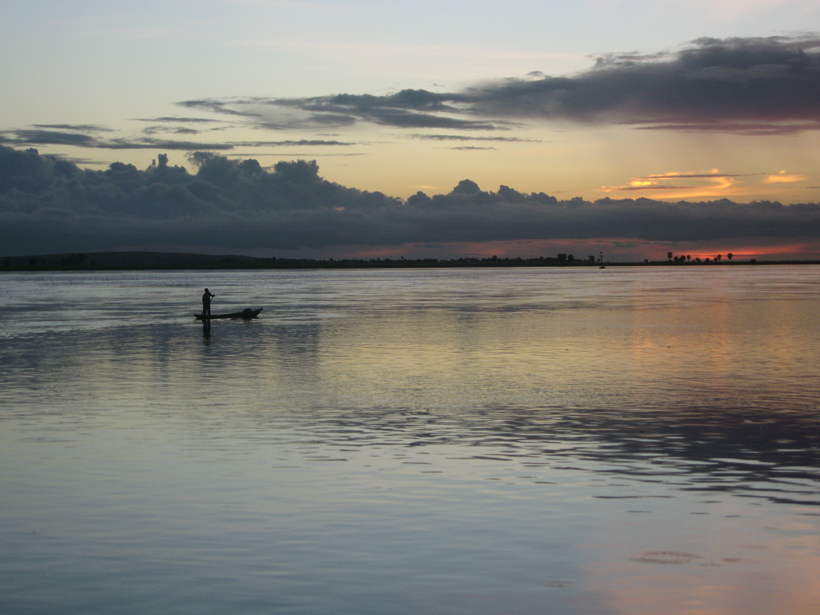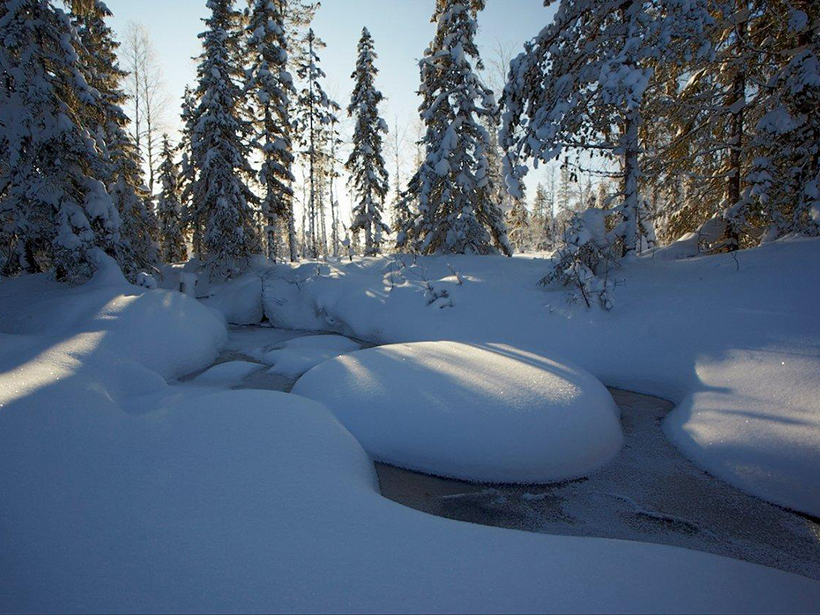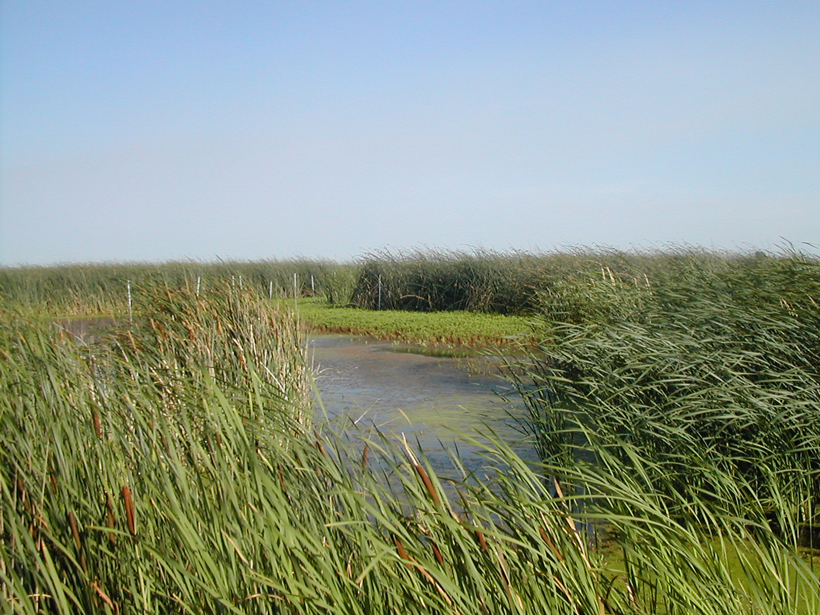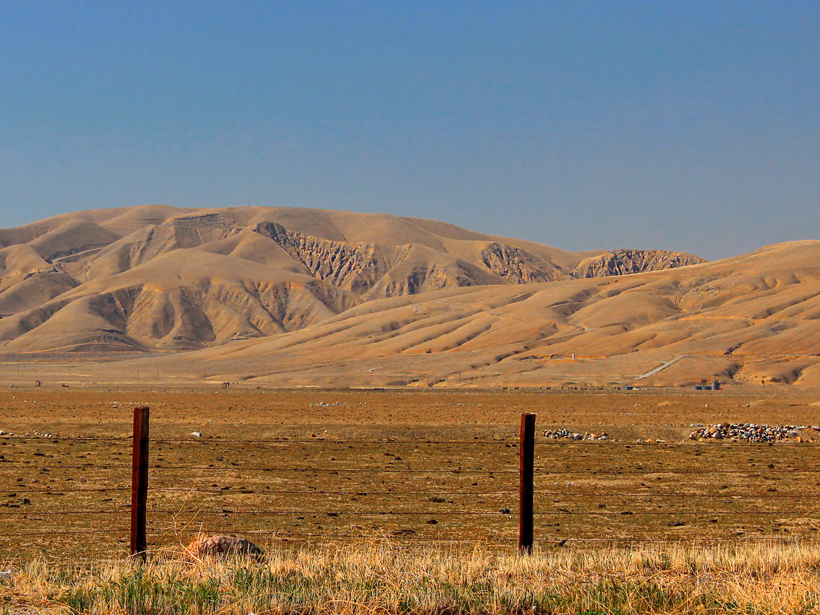Overcoming barriers to broaden scientific discovery in the Congo
wetlands
Headwater Streams May Export More Carbon Than Previously Thought
New research sheds light on the streams that carry carbon away from peatlands with the hope that the data will better inform climate models.
Tidal River Dynamics
Tidal rivers are a vital and little studied nexus between physical oceanography and hydrology.
After a Century, Restored Wetlands May Still Be a Carbon Source
Methane emissions can drastically lower, or even reverse, the benefits of carbon sequestration in restored wetlands, according to new measurements from the Sacramento–San Joaquin Delta.
Predicting Changing Human Preferences in Water Basin Management
A model of human-water interactions in Florida's Kissimmee River Basin demonstrates the potential for sociohydrologic models to assist with strategic water management decisions.
How Sediment Transport Sways Wetland Stability
Scientists examine the role of variables like tides and suspended sediment concentration to improve methods of evaluating coastal wetlands and how they may respond to future sea level rise.
California Is the Driest It's Been in 2000 Years
Scientists reconstruct the paleohydrology of Tulare Lake to unravel the region's long-term drought history.
Details of Gas Flow in Wetland Plant Roots Unearthed
Scientists track the flow of trace gases through wetland root systems to understand the role of plants in biogenic gas fluxes.
High Methane Emissions Detected During Subarctic Lake Melt
A spike detected in surface methane released from a seasonally ice-covered lake in northern Sweden coincides with the spring thaw and lake overturn.
Oil Dispersants Deadly to a Common Estuary Species
Research on two dispersants used to break up spilled oil suggests that the chemicals can kill or harm a widely–found shrimp important to estuary habitats. The toxicity increases in less salty water.










